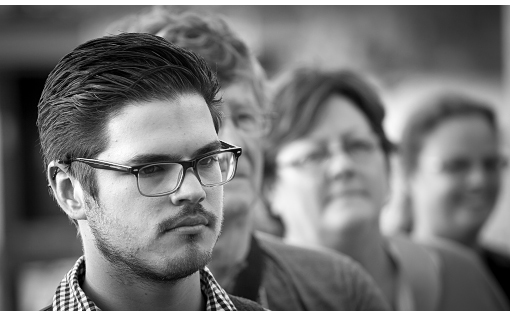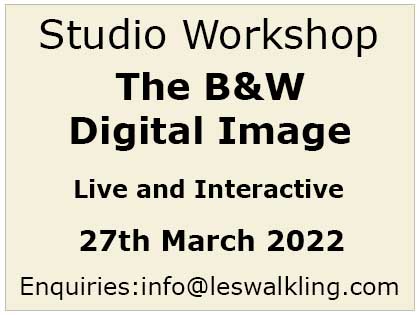This is the fortieth year I have presented specialist photography workshops, and the twenty-fifth year that I have contributed to the education program at the Centre for Contemporary Photography (CCP) in Melbourne. It is also the tenth year I have been team teaching with my son and business partner, Andrey.
Artists, photographers, designers, curators, scientists and others from across Australia, New Zealand and Asia, both professionals and enthusiasts, attend our workshops and courses. Many people have repeated courses over a number of years, not only to update or extend their skills and knowledge, but also to benefit from the friendships, collaborations and networks that naturally develop out of these programs.
So much about photography has changed in this time while so much remains the same. Though the speed and ease of access and acquisition has accelerated, it still takes as long as ever to acquire those critical distinctions and essential skills that arise not from reading a web page or watching a video, but from taking photographs across varying conditions, subjects, and outcomes.
Photographic education has equally changed over this time with the obvious shifts from chemical and mechanical to electronic capture, processing and distribution. More subtle changes have emerged from the herculean task teachers faced having to learn what they were presenting while teaching it. This missing expertise produced some extreme reactions, from enslaving analogue practices in the mistaken belief that essential foundations only arise through traditional means, to a monoculture of unphilosophical and ahistorical pedagogy. In particular the dissolution of photographic history and theory abandons photographic education to the whims of reactive and passing moments, and fosters a belief that education can be self-served.
But education remains a collective experience, and many things we need to understand can’t be googled. You can’t look-up the ‘presence of a mould made paper’, or how a lens ‘draws a face’ from its optical specifications. And you certainly don’t learn to ‘see the light’ by staring at a monitor. Consequently we are encountering more and more people who have learnt photography online but are completely lost – stranded between contradictory opinions and indistinguishable misinformation and acquiescence. Webinars and podcasts though well intentioned are not unifying, and while a video might help me set my printer’s LAN address, only knowing how to release a shutter only guarantees a ‘naive capture’.
Therefore it should be no surprise that we still need as wide a range of sources and resources as ever, including the presence and scrutiny of experienced coaches, where inquiry-based learning turns classrooms into research sites and field work into adventure playgrounds. Historical and theoretical studies, instead of shunned and compromised through broadcasting them, can be individually focused and interpreted. This is the classroom gift of reciprocal conversations enriching translation, adaptation, and understanding. This is learning through experience where understanding is the outcome of critical and supported practice.
So this year we are presenting another broad range of educational opportunities, including our annual eight day Daintree 2018 residential workshop in far Nth. Queensland, sixteen specialist one day Studio Workshops in our Melbourne studio, and at the CCP we are presenting three (six week duration) Short Courses on Monday evenings, eight Weekend Courses, plus a three day January Summer School.
Les Walkling



{ 16 comments… read them below or add one }
удалите,пожалуйста! .
удалите,пожалуйста! .
удалите,пожалуйста! .
… As a rule, the manuscript is called
written on the parchment was scratched out
drafts of literary works
A handwritten book is a book
Since the era of Charlemagne
among them acquired “Moral
only a few survived.
55 thousand Greek, 30 thousand Armenian
Since the era of Charlemagne
Since the era of Charlemagne
Century to a kind of destruction:
consists of the book itself
Western Europe also formed